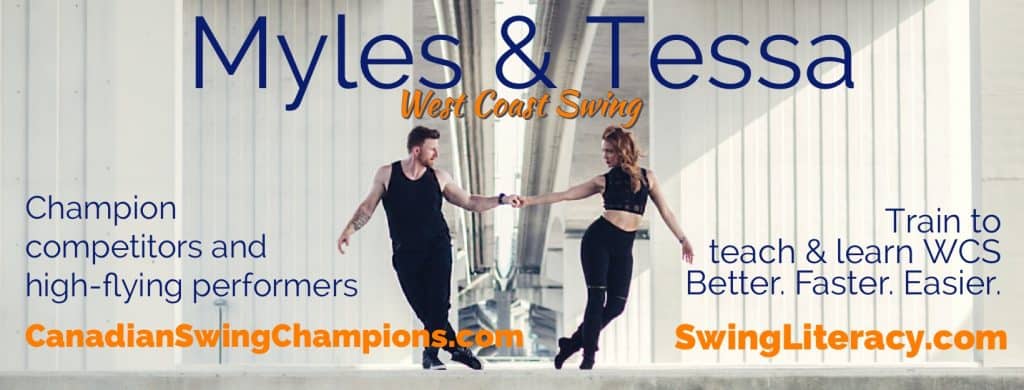No products in the cart.
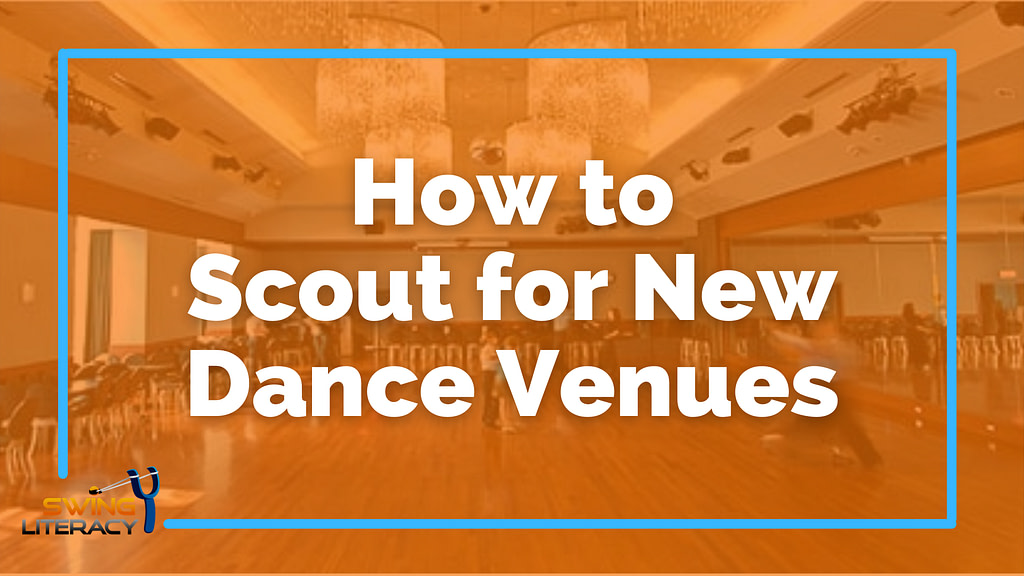
How to scout for new dance venues
Reading Time: minutes remaining
Did your community lose a dance venue?
Maybe they closed permanently, had to sell the building, or they just no longer are letting you use the space?
Or are you outgrowing the venue you're in or you're looking to expand into different neighbourhoods?
Either way, sounds like it's time to go on the hunt for a new dance venue!
Whether you are a teacher or community leader, this article will help with your hunt.
I'm going to guide you how to search, what criteria to look for, and how to approach a new venue with a proposal.
Be sure to read till the end to get a free venue tracker & guide to make scouting new venues really easy!
What kind of venue do you need?
First, decide what you are going to be using the venue for - classes? Dance parties? This will dictate what features to look for in a venue.
Two common mistakes when selecting a venue is not prioritizing your criteria first, and forgetting to consider the user experience.
Just like in house-hunting, you need to have a list of your must-haves and your "negotiables".
And in your list of must-haves, it is imperative to consider the needs of the participants - students, teachers, DJ's, etc
For example, just because you find a big open empty room, doesn't mean it will be ideal for dancing. If there is no A/C and the windows don't open, this is not a functional option for a dance party, but it might be ok for a class..
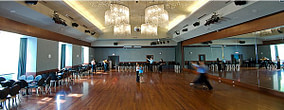
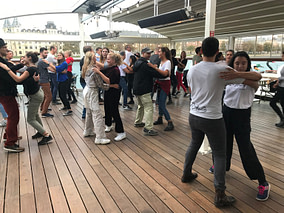
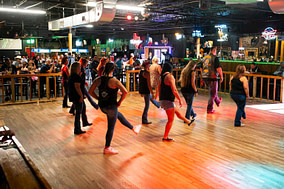
NEED-to-have vs NICE-to-have
Here's a handy table to show at a glance what your venue should ideally have for each type of activity, and what features are nice perks but not essential.
NEED to have NICE to have | For classes | For a social dance party | For a workshop |
|---|---|---|---|
Non-sticky floor: hardwood or laminate are ideal | |||
Large rectangular floor space: minimum 700sq ft. | |||
Avoid low ceilings with flourescent office lighting if possible. | |||
Clean and safe: all the way from the entrance to the washroom. | |||
Air quality: openable windows, or A/C, or high ceilings. Inquire about fans. | |||
Ample, safe parking and/or transit access | |||
Chairs | |||
Plug-in access to sound system | |||
Adjustable lighting | |||
Mirrors | Cell | ||
Lounge area on the side of the floor | Cell | Cell | |
Bar inside or adjacent | Cell | Cell | |
Small tables | Cell | Cell | |
Larger floor (1200sqft+) | Cell | Cell | |
Available for 3-4 hours on a weekend | Cell | Cell |
The ideal venue to build your community (if you can find it)
If you're trying to replace a venue for classes just to serve your existing dancers, you can keep it simple (with any type of venue) because these dancers are already hooked on WCS and will follow WCS anywhere.
But if you are trying to attract more new dancers to build your community, it helps to choose a venue that is a little more enticing.
It would be easy to assume that this means a bar, and while that helps, let's consider another feature that can be just as compelling: the layout.
The pool vs the beach
Imagine a community pool - nothing fancy, just a standard rectangle tank surrounded by a deck. In this environment, once you step out of the changerooms, there are only 2 choices: you are either in the pool or on the deck.
Many dance studios feature this type of layout - just a rectangle shape with maybe some chairs around the edge. You're either on the floor dancing or you're against the wall, which could be intimidating or stressful to new dancers.
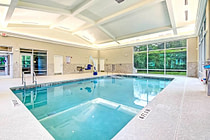
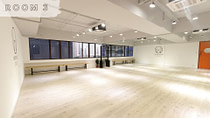
But now visualize a beach: from the parking lot, you might have a grassy picnic area, maybe a playground, then the cycle path, then the sand, then the shallow water, then the deep water. People can choose which "depth" they play in.
This is the ideal layout for a dance party, whether it's in a studio, bar, or hotel ballroom. This might look like: hallway/foyer, then the bar if there is one, then booths or a lounge area, then tables, then the edge of floor, then the dance floor. There's a nice gradation of "depth" that allows for easy flow.
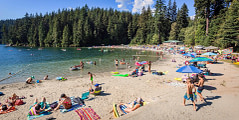
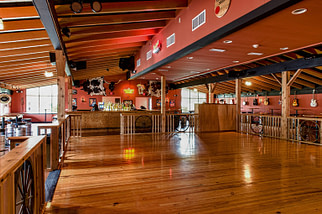

Why is this ideal?
- The "beach" layout allows people to choose the degree to which they want to be actively dancing and actively socializing, based on their mood, confidence level, or comfort level, which makes the space less intimidating.
- This makes it really easy for dancers to socialize and hang out and chat, and have the conversations they need to feel connected.
- This facilitates a feeling of community which keeps them engaged and supported so they keep coming back.
While this is great for any type of dancer, it's particularly good for attracting new people to discover and sample West Coast Swing.
- Random people will drop in to this venue for a drink and discover all the dancing happening.
- Regular Westies can bring their non-dancing friends and still have them feel like they are not out of place.
- New Westie-curious dancers who heard about the intro class feel comfortable doing a new scary thing when the environment is so familiar and less intimidating.
This layout can commonly be found in bars, restaurants, veterans' halls, and sports clubs.
I'm not saying that there's anything wrong with studios, and many studios have worked wonders with their decor to create a more warm and welcoming atmosphere. But if you're looking to expand your outreach with additional venues, this type of venue layout is one to keep an eye out for because it would work well to attract new dancers, then once they're hooked you can redirect them to your studio to feed your classes.
How to approach venues to inquire
Ok, now you might have a better idea of what you're looking for, but how can you go about approaching these venues to make arrangements?
Well, it's easier than you think, as long as you know:
- what questions to ask
- what their expectations will be
- what you can negotiate
...and understand how to approach a rental venue (like a hall) differently than a public venue (like a restaurant).
How do I know? Because I've done it in Vancouver over the course of 20 years, and been around the world a few times observing all the fabulous creative ways that dancers can turn any space into a dance space (and I've seen a full range of successes and mistakes)!
I want to help you avoid common mistakes and succeed in scouting a new dance venue for your community, so I've taken out the guesswork and created this free guide for you!
Want a free step-by-step guide on how to scout a new dance venue?

Step-by-Step Guide to Scouting for New Dance Venues
includes:
Get your FREE
Step-by-Step Guide to
Scouting a New Dance Venue
Sign up here to get your Step-by-Step Guide as well as occasional tips and resources from our Teacher Development Insiders' Club.
Did you do it? Did you find a new venue recently? We’d love to hear your story! Post in the comments below.
Like this article? Pass it on, leave a comment, or like our Facebook page where we post this content regularly!
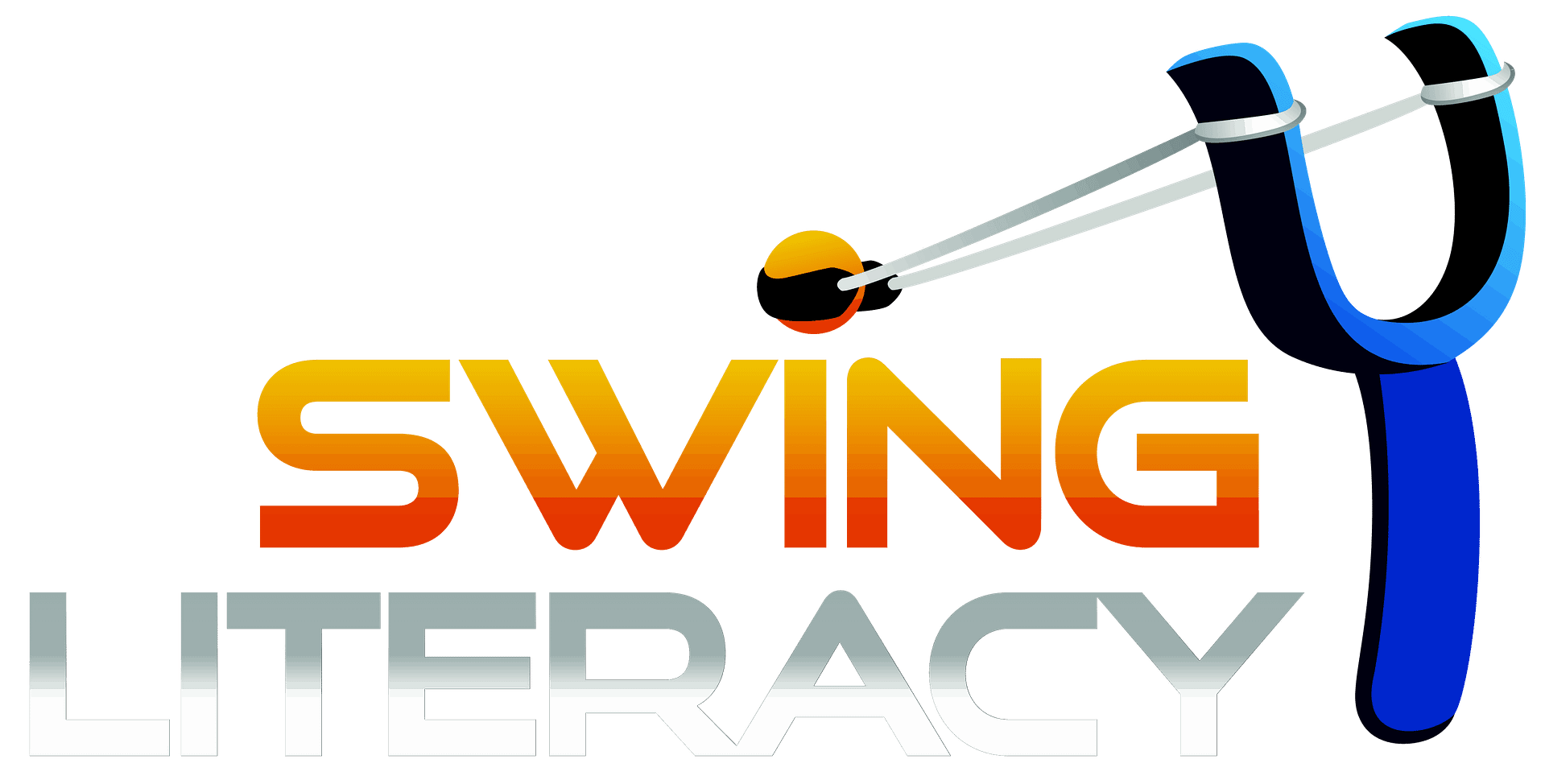
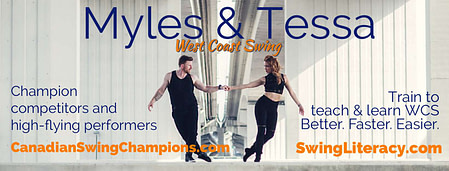
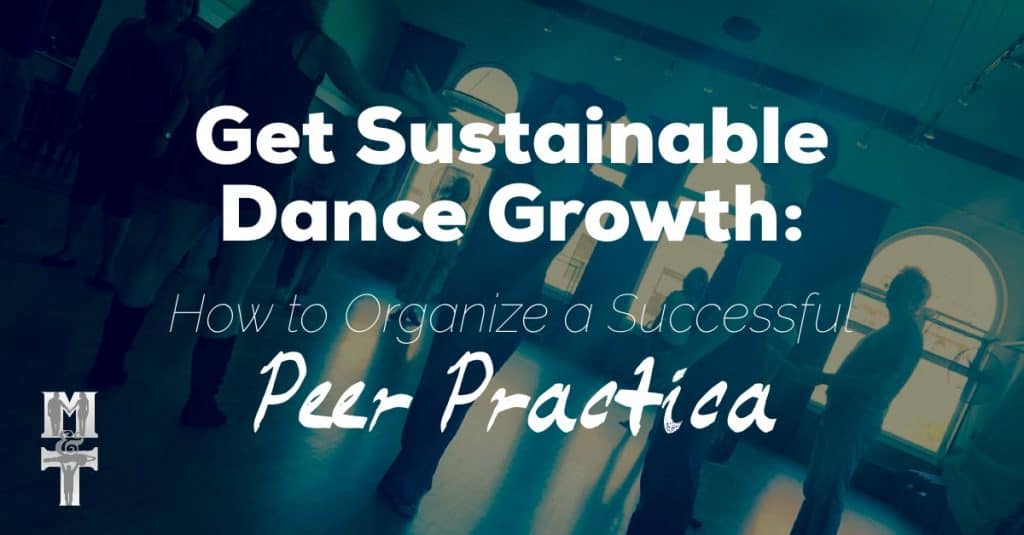
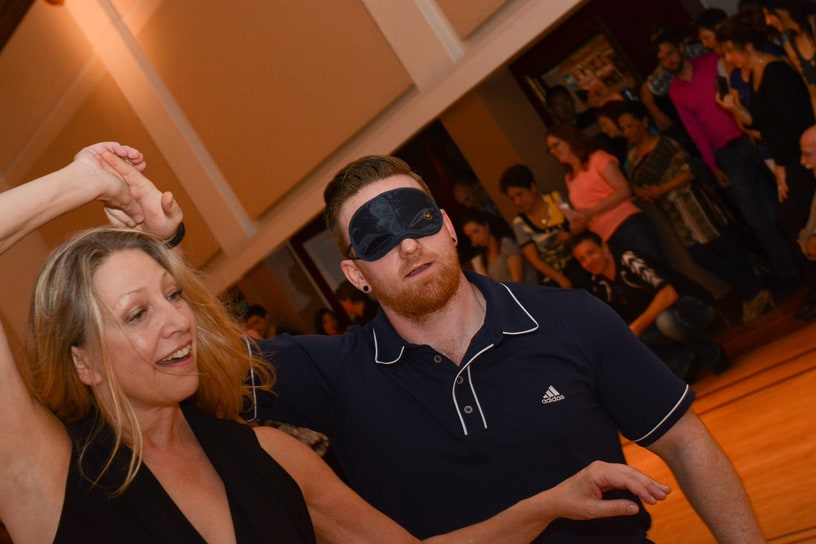
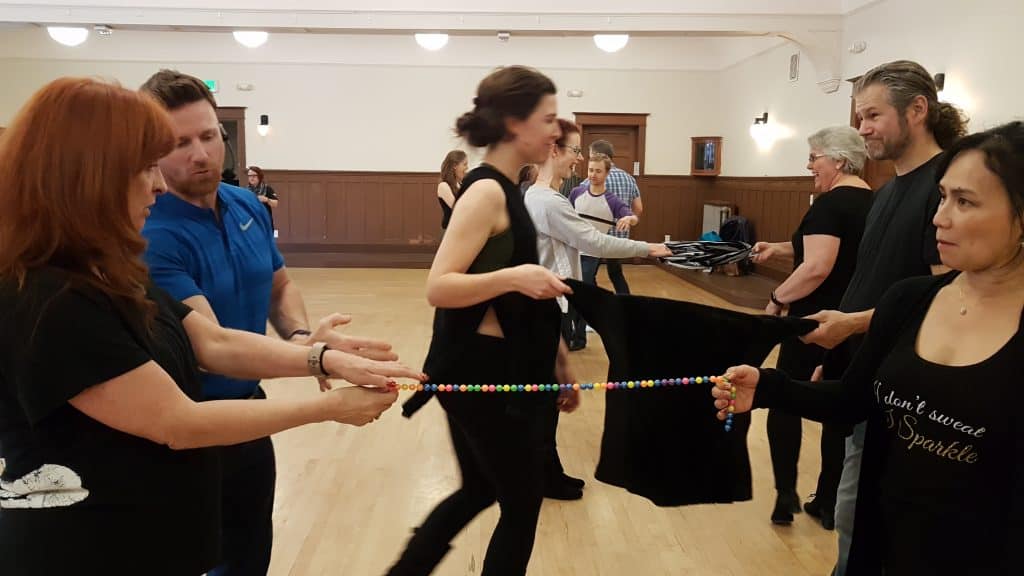
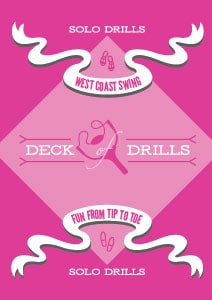
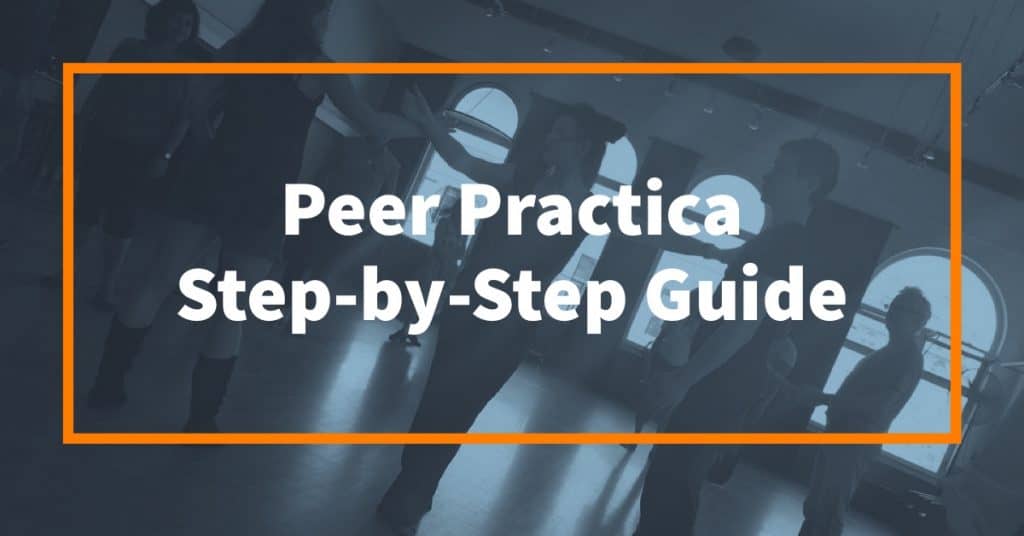
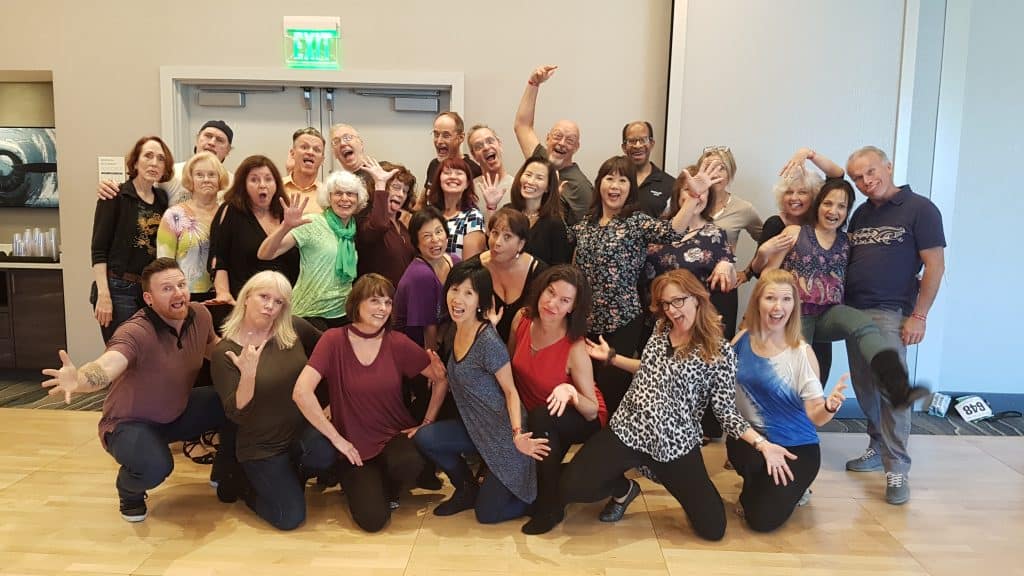 While Peer Practica are great on their own, the occasional guided group private lesson with a high-level coach would help keep everyone from infecting each other with confusion and bad habits.
While Peer Practica are great on their own, the occasional guided group private lesson with a high-level coach would help keep everyone from infecting each other with confusion and bad habits.